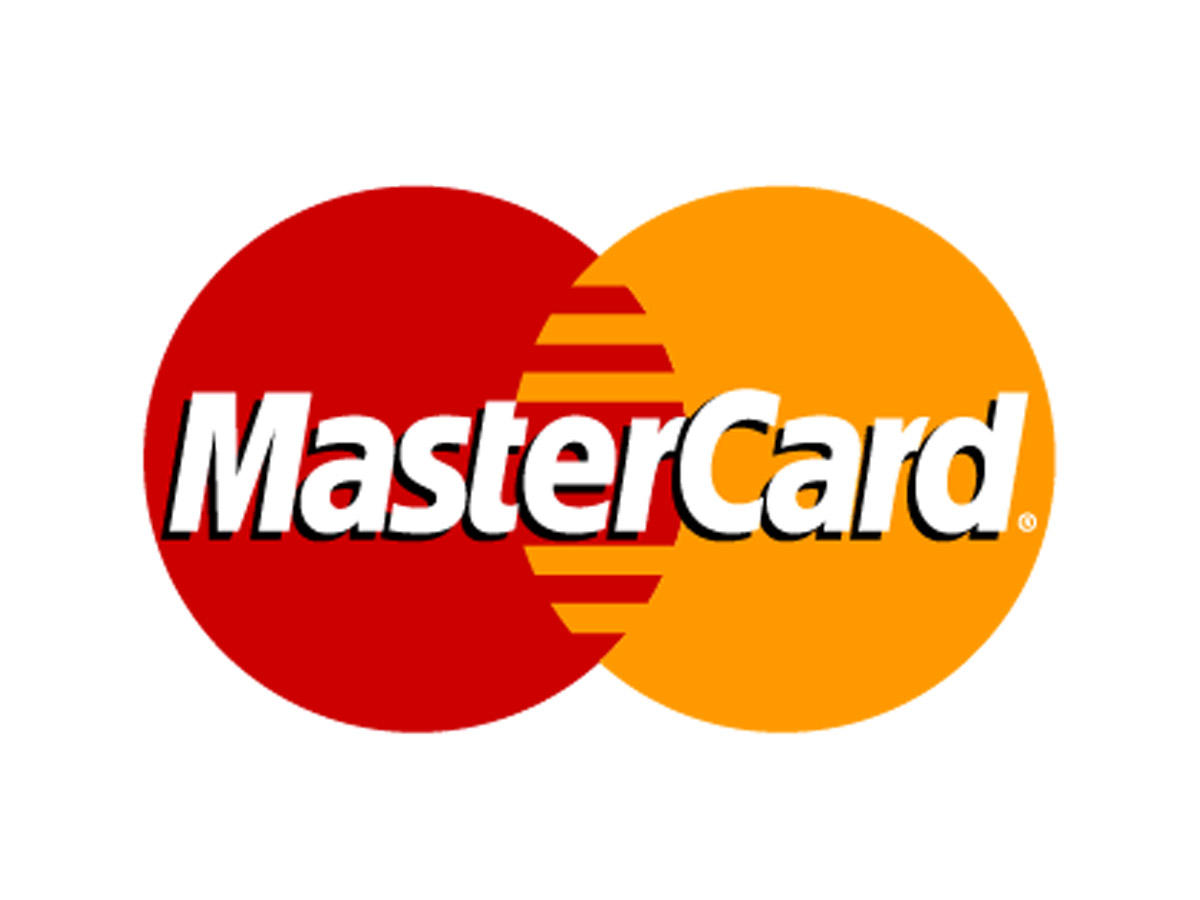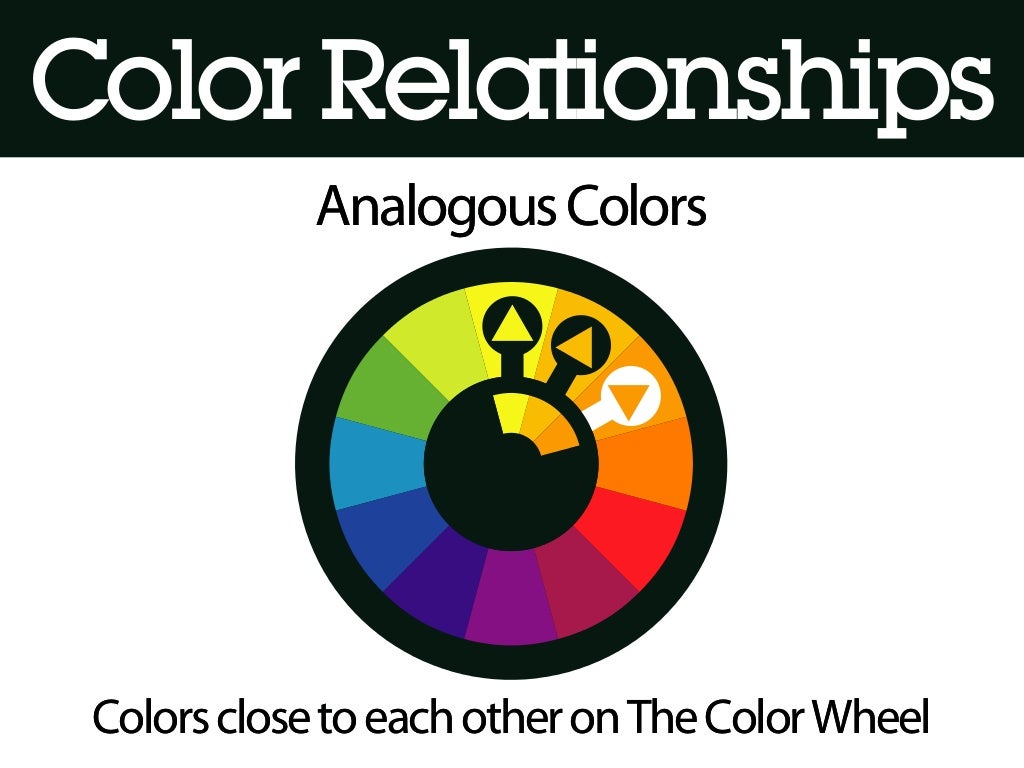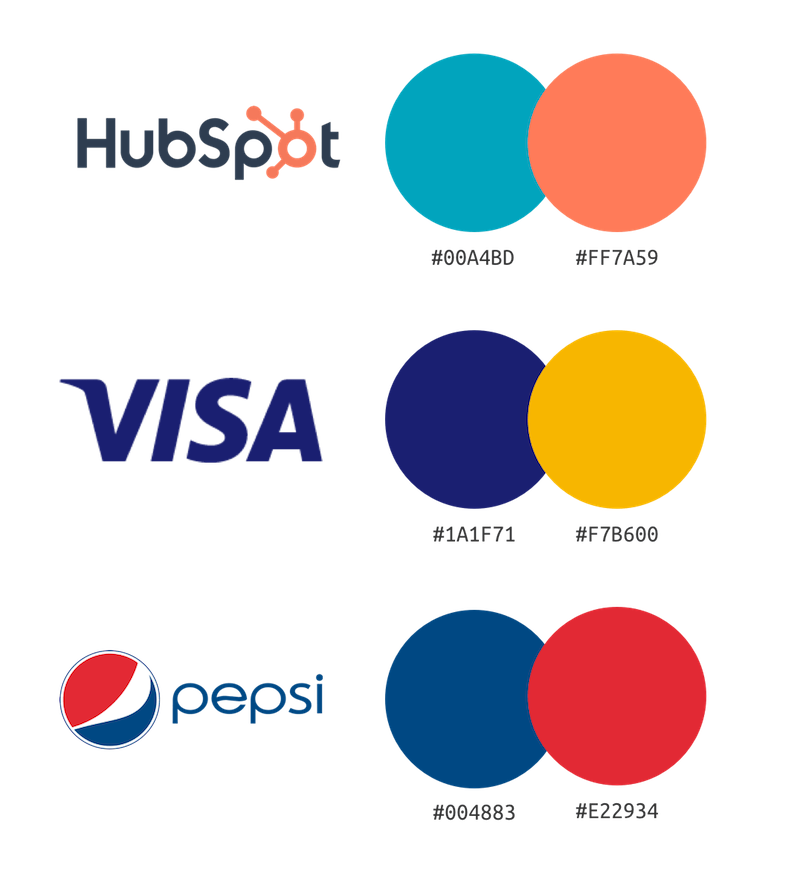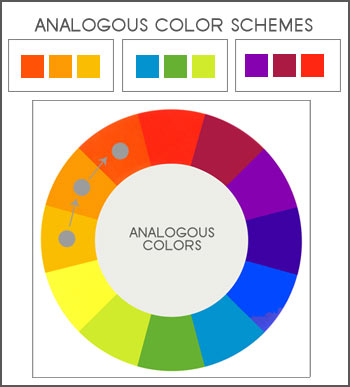

If you need a lot of energy in your design, it may be best to go with contrasting colors rather than analogous colors. Blue shades in a living room.ĭeciding Whether To Use Analogous Colors Or Not Example usage of analogous colors in decoration. However, this is a subjective decision and will be dependent on the context for the design. Typically, a designer will choose the middle color as it’s predominant color for a layout. For example, if you need to create a textile using red, red-orange, and orange, it may look best to choose the red-orange color as your dominant one and use the other two as accents. This way the colors aren’t trying to compete with each other for attention. Out of your set of analogous colors, it is best to choose one that is more dominant than the others. If your middle color is too blue or too green, it will throw off your harmonious trio of colors. For example, if you have blue, blue-green, and green colors next to each other in a design, your blue-green mix should be an even mix of the two for a balanced look. When picking out your analogous color scheme, you want to pick a set of colors that have enough of a tonal contrast that you can easily identify each one. Just take a walk through the woods, and you will start to notice this natural-occurring trend. Analogous colors are pleasing to the human eye and are found abundantly in nature. Whether you are decorating a room, designing a pamphlet, or picking out an outfit, you can incorporate analogous colors to create a balanced and serene look. Interior designers often use analogous colors to decorate a room because it gives it a sense of harmony. Thus, the three colors are analogous because of their close relationship to one another. If you mix these two colors, you create a new color, yellow– green, that has attributes of both. In this case, the two colors green and yellow are relatable to one another because they are neighbors on the color wheel. The word ‘analogous’ is defined as two things with a similar function or feature that are comparable to one another. For example, yellow, green-yellow, and green are categorized as analogous colors.
ANALOGOUS COLORS LOGO FREE
Feel free to use any of these color schemes or use them as inspiration to create your analogous designs.Analogous colors are colors that are next to each other on the color wheel. Here are a few analogous color combinations that I’ve put together with some images found in nature. This type of analogous color design was called High-Key analogous and were popular among the Impressionist painters like Degas, Pissarro and Monet.Īnalogous color combinations are found frequently in nature and it’s easy to find inspiration by simply taking a look out your window. You may find that that having a more monotoned, pastel-like, color selection works better for your design. This design rule is only a guide, so feel free to experiment until you find a look that works for your personal taste.


If you are designing a website, in most cases you will use the main dominant, bold or primary color for your headlines, the lightest color for backgrounds and the midtown color as an accent color. To create this color scheme you’ll need to select three colors, start with the color you want to be dominant and then select one additional color from each side of the dominant color. These color schemes tend to have the same chroma level but vary because they are slightly different shades and tones. If you are looking to create your own color combination, analogous color schemes are fun and easy to achieve and will add a rich and united look to your design. Using these types of colors in design is called analogous design.Īnalogous colors are colors that are next to each other on the color wheel.

Using a variety of shades and tones of one color from the color wheel will add even more impact. Color can do many things, it can set a mood, add excitement or highlight areas of a design that need attention. If used effectively, color is a powerful tool in design.


 0 kommentar(er)
0 kommentar(er)
